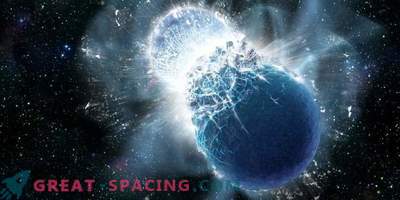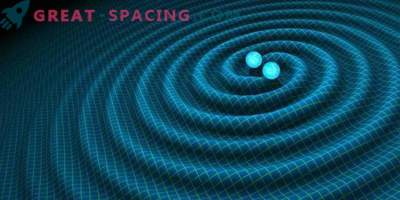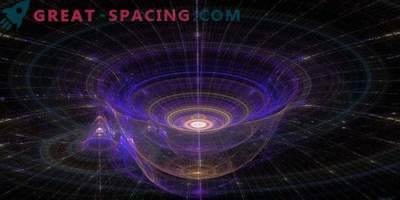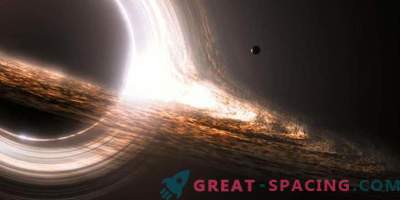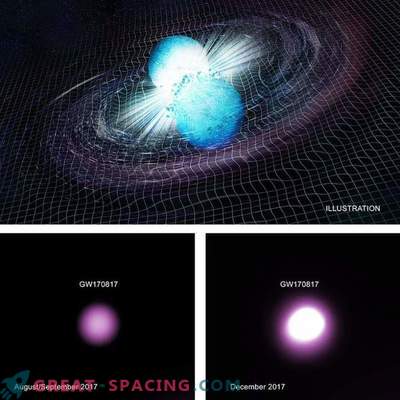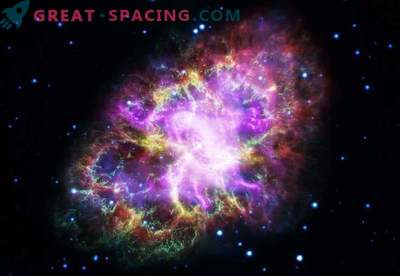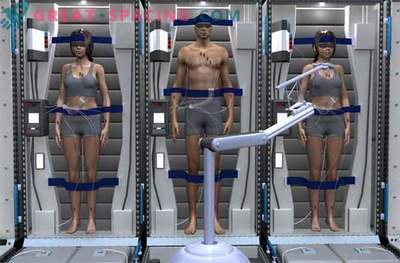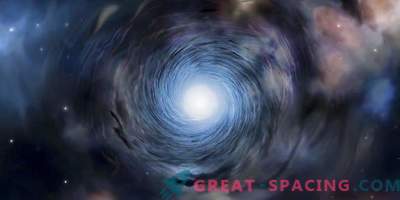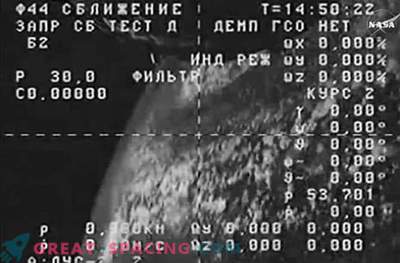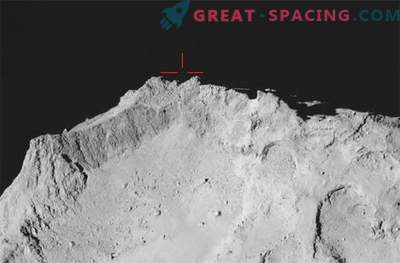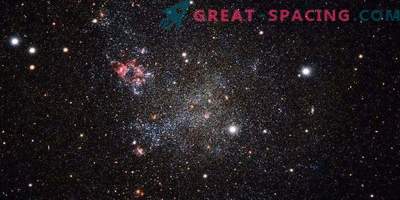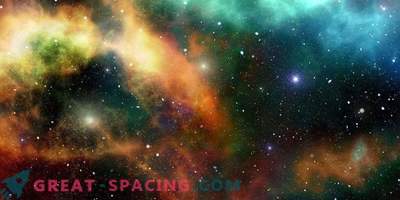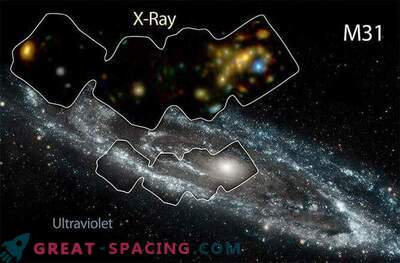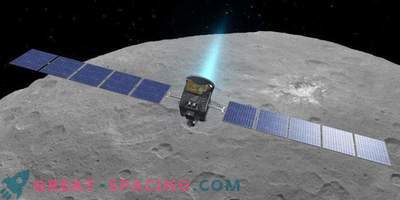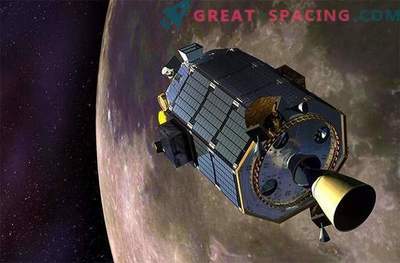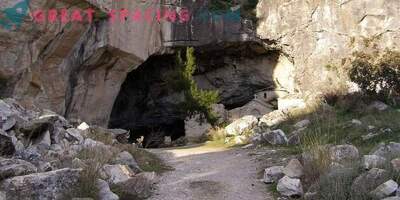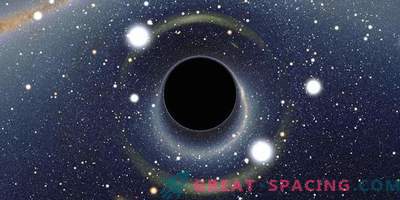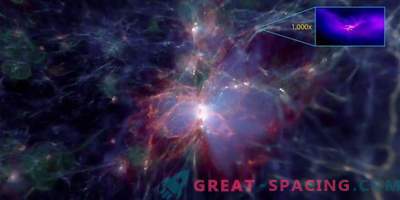
Eight months ago, the detection of gravitational waves from the fusion of a double neutron star allowed scientists to observe one of the most energetic events in the Universe. The search began with a radio emission from a merger, named GW170817, which was noticed 2 weeks after the August event. Now the radio emission starts to fade.
It is important to understand what exactly physicists managed to accomplish when detecting gravitational waves and electromagnetic radiation from the same object:
- confirm the prediction of the general theory of relativity (gravitational waves move at the speed of light).
- to clarify the behavior of matter under compression is stronger than in the nucleus of an atom.
- explain where a certain part of gold (and other heavy elements) is created in space.
- Start solving a 10-year mystery about what causes short gamma-ray bursts.
Merger Observation
Large radio telescopes, such as the Compact Array of Telescopes of Australia and the Very Large Antenna Lattice (USA), are designed to search for EM rays with a wavelength from centimeters to meters.
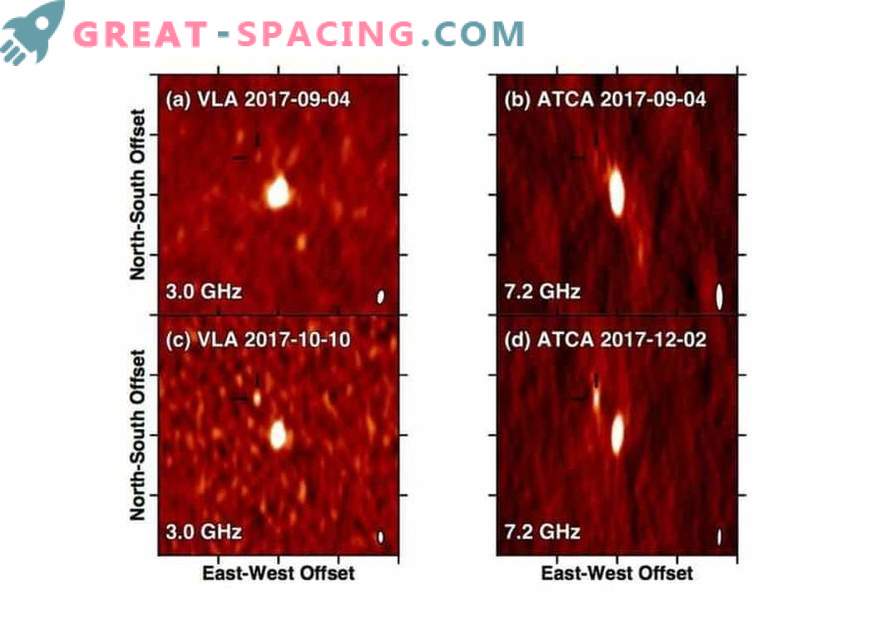
Radio observation GW170817 from two telescopes. The central bright object is the host galaxy NGC 4993. The smaller bright spot at the intersection is the fusion of neutron stars
Unlike visible light, radio waves pass through space almost seamlessly. Therefore, they are seen, both day and night. The detected radio waves traveled 130 million light years from the galaxy NGC 4993. When two neutron stars collided, a gamma-ray burst was released, which was found by the Fermi satellite in 1.74 seconds after the gravitational waves. For 12 hours, astronomers recorded a bright, fading signal in visible light. This was supposed to come from the material of a neutron star thrown at 50% of the speed of light.
Timeline of the Compact Telescope Array of Australia CSIRO
In a collision, two neutron stars form a new object with a slightly smaller massiveness. Most likely, here we are faced with a black hole.
What do radio waves report?
Radio waves are formed during the acceleration of electrons in magnetic fields. This happens on the shock fronts of space, as the material from the stellar explosions cuts into the material around it. It is called the interstellar medium, and it is 10 quintillion times less than Earth air density (almost vacuum). The nature of radio waves tells a lot about impact.
Simulation of neutron star fusion leads to a shock outflow - cocoon. This is the best explanation of radio waves, gamma rays and X-rays in GW170817
What happened during the blast?
The details are still not clear, but there is a possibility that a jet has formed in GW170817. This is due to the observed disappearance of radio emission. That is, the explosion was not a classic gamma-ray burst with relativistic jets, but a “cocoon” of material that broke out from the explosion.

Models of what can happen during a merger. The data show that the left option is less likely. The right cocoon works better
Where does the material come from?
The material ejected from neutron stars moved at a speed of 50% of the speed of light. What if the jet released later reached 99.99%? She could blow a bubble in emissions, forcing him to move faster (perhaps 90% of the speed of light).
Farewell (for now)
After 8 months of monitoring GW170817, it became clear that this phenomenon was different from everything that had been observed before.

Radio observations of neutron star fusion shows attenuation
Now radio waves disappear, but scientists have not put an end. Most models exhibit long-term afterglow, so the GW170817 may appear in a few months or years. In early 2019, the LIGO observatory should begin further research.

